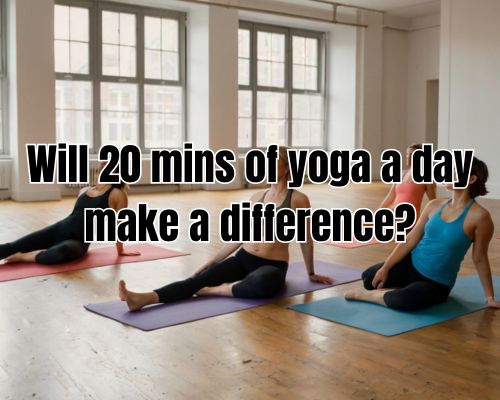London Love: Cultivating Romance in Kensington Gardens and Holland Park
London, a city synonymous with grandeur and history, offers an equally rich tapestry for relationships to blossom. Beyond the bustling streets and iconic landmarks, pockets of serene beauty invite couples to connect, unwind, and create lasting memories. For those looking to deepen their bond or simply enjoy a delightful date, West London, with its sophisticated charm and picturesque green spaces, provides an idyllic setting according to https://lockerz.com/.
Imagine a leisurely stroll through Kensington Gardens. This expansive royal park, adjacent to Kensington Palace, is a breathtaking blend of natural beauty and manicured elegance. Hand-in-hand, you can wander along tree-lined avenues, discovering hidden pathways that lead to stunning vistas. The lush landscapes, bursting with vibrant flowers in every season, offer countless opportunities for spontaneous photos. These aren’t just snapshots; they’re candid captures of shared smiles, whispered secrets, and the joy of being together. The feeling of peaceful escapism in such a central London location makes it perfect for a first date, a long-term couple’s regular outing, or even a quiet proposal. The sheer beauty of the surroundings naturally fosters a sense of wonder and shared appreciation, laying a wonderful foundation for any romantic encounter according to https://tu.tv/2023/11/london-after-dark.html .
Just a short distance away, Holland Park offers an entirely different, yet equally enchanting, experience for dating and romance. This slightly smaller, more intimate park feels like a secret garden nestled within the city. It’s the perfect spot for a quaint picnic, where you can spread out a blanket, share some delectable treats, and enjoy the quiet company of each other. The true jewel of Holland Park, however, is the Kyoto Garden. This traditional Japanese garden is an oasis of calm and serenity, seemingly transported from another world. With its tranquil koi ponds, cascading waterfall, and meticulously sculpted pathways, the Kyoto Garden exudes an undeniably romantic atmosphere. Here, quiet conversation flows naturally amidst the soothing sounds of nature, inviting introspection and deeper connection. It’s a place where you can escape the urban hum and simply be together, allowing your relationship to flourish in a peaceful, beautiful environment.
In West London, sophistication isn’t just about Michelin-starred dining or world-class performances; it’s woven into every shared moment. It’s in the quiet intimacy of a picnic in Holland Park, the shared awe of Kensington Gardens’ beauty, and the simple pleasure of discovering a new corner of the city together. These refined options highlight how London’s incredible diversity truly enhances relationships. Whether you’re just starting to explore a connection or have been together for years, the city provides endless opportunities to nurture your bond. The individuality of each person in a relationship is celebrated and enriched by the vibrant experiences this metropolis offers.
Ultimately, London provides more than just a backdrop for love; it actively participates in the journey. By offering such beautiful, serene, and sophisticated spaces, it encourages couples to step away from the everyday, connect on a deeper level, and create cherished experiences steeped in elegance and romance.
Which of these beautiful London parks would you visit first for a romantic outing?



